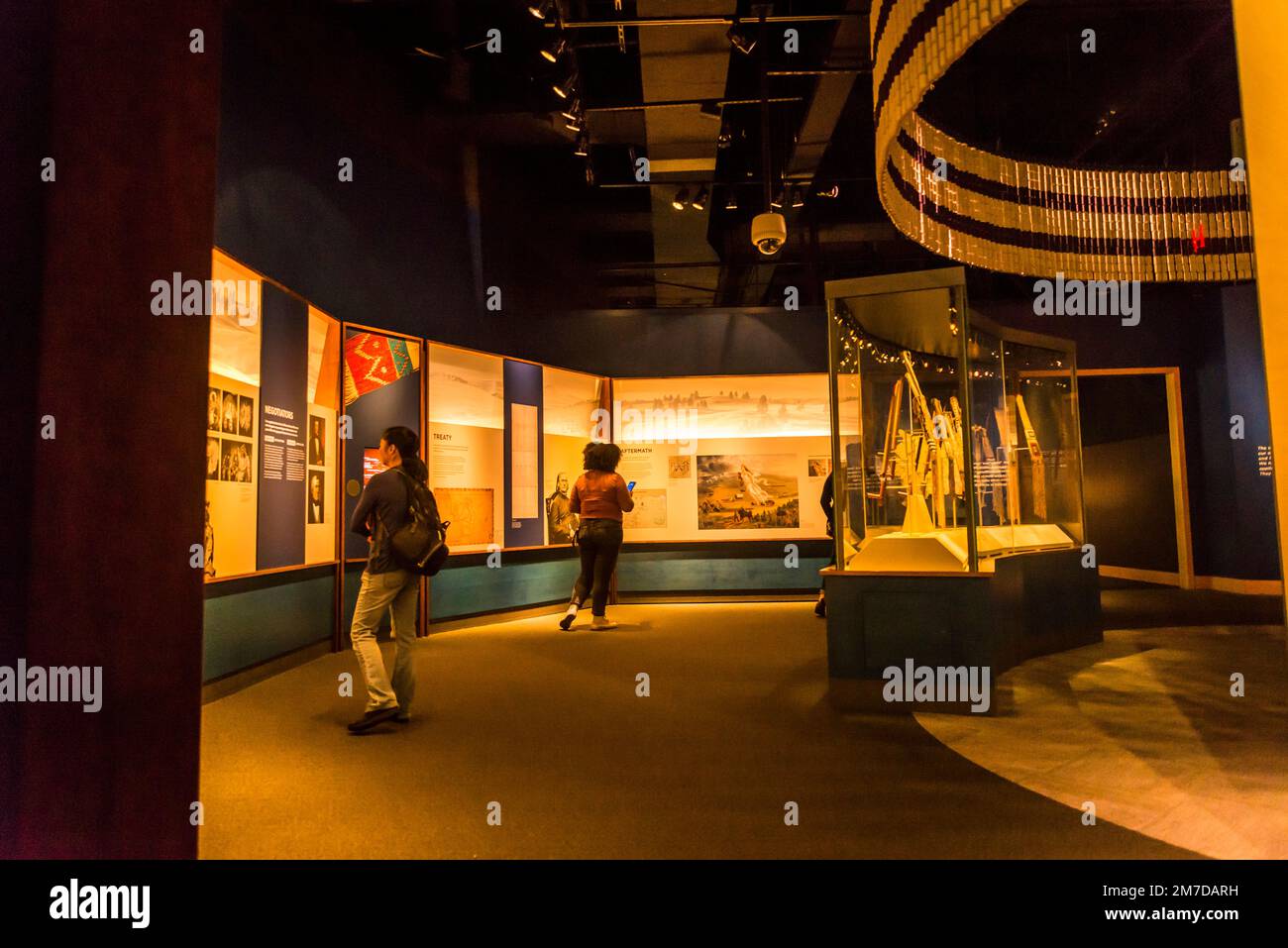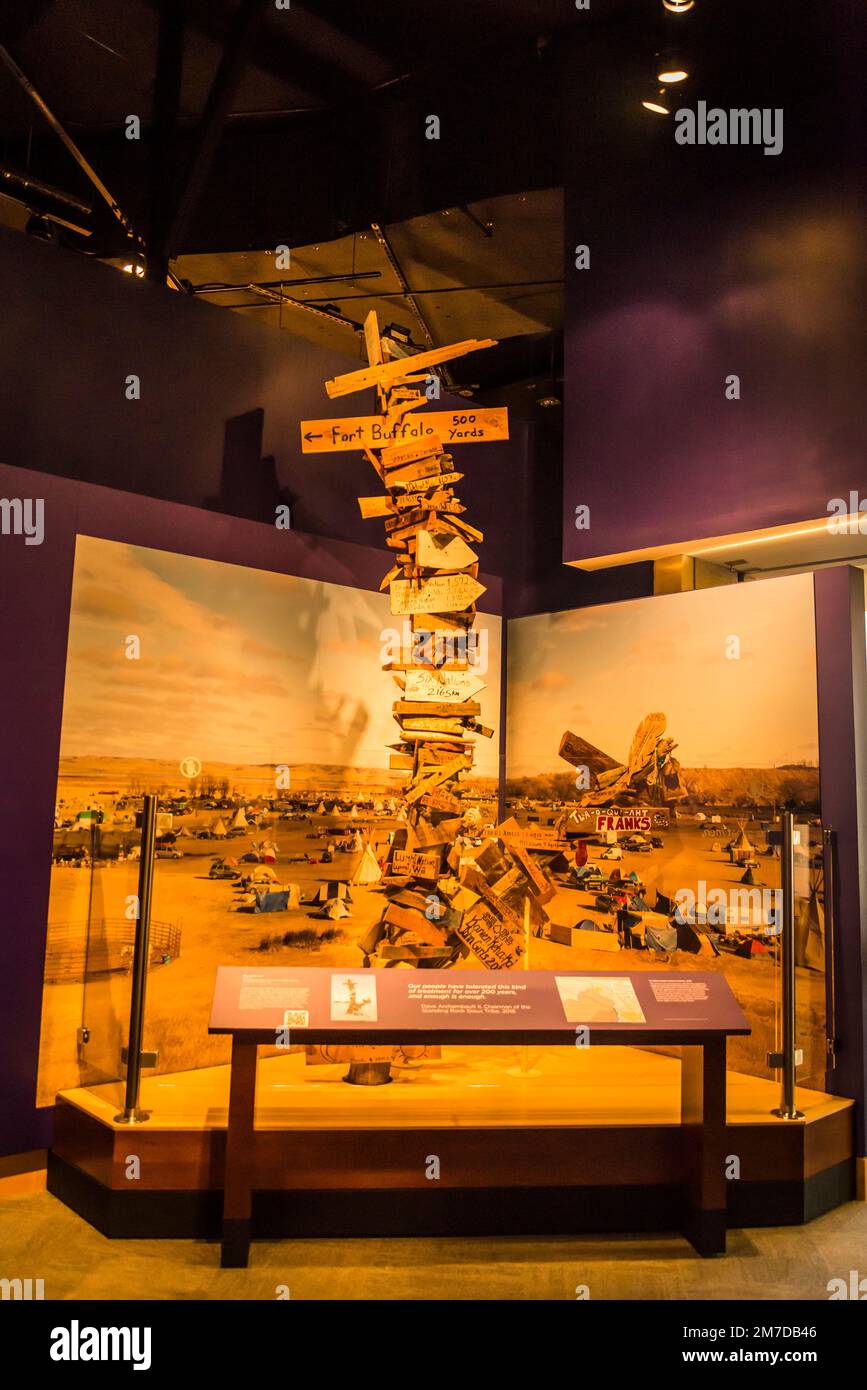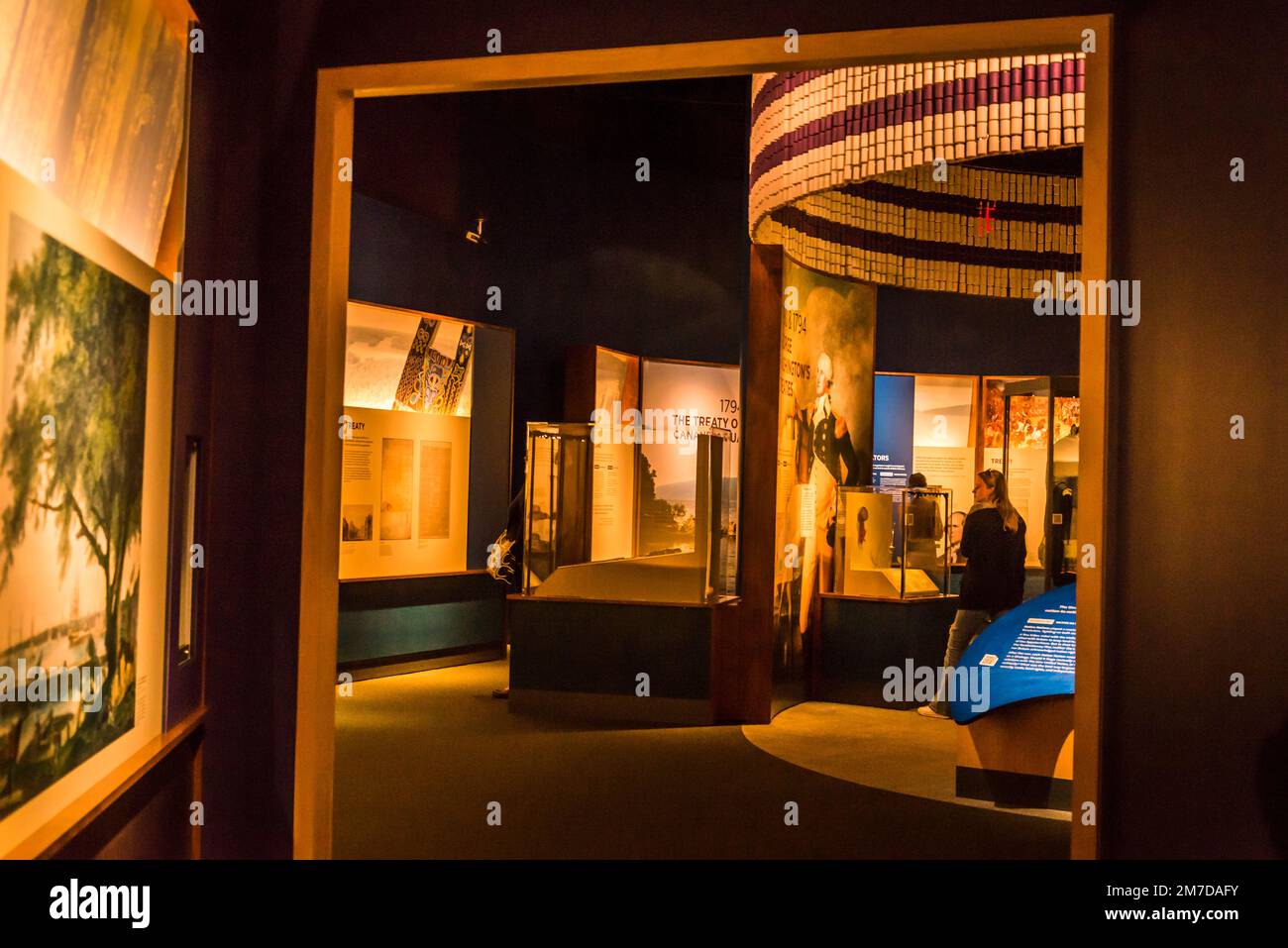
Native American Museums: Indispensable Platforms for Understanding Treaties
The history of North America, particularly the United States and Canada, is inextricably linked to a complex web of treaties between Indigenous nations and European colonial powers, and later, their successor governments. These agreements, often negotiated under duress and rarely honored in their spirit or letter by the dominant society, form the legal and historical bedrock of contemporary Indigenous-settler relations. While academic texts and legal documents provide crucial insights, Native American museums and cultural centers offer a unique, immersive, and profoundly significant avenue for understanding these treaties, moving beyond mere historical fact to grasp their enduring cultural, political, and spiritual implications from an Indigenous perspective.
The Foundational Role of Treaties in North American History
To appreciate the museum’s role, one must first understand the nature and impact of treaties. Historically, treaties were formal, nation-to-nation agreements intended to establish peace, define territorial boundaries, secure resource access, and regulate trade. For Indigenous peoples, these were often sacred covenants, sealed with ceremonial practices, oral traditions, and the exchange of significant cultural items like wampum belts. They represented a recognition of Indigenous sovereignty and jurisdiction over their ancestral lands.
However, the historical reality of treaty-making was frequently marred by profound power imbalances, linguistic and cultural misunderstandings, and outright deception. European powers and their descendants often viewed treaties as a means to legitimize land acquisition and establish control, rather than as agreements between equals. The concept of "land cession" – the ceding of vast territories to the Crown or the U.S. government – was often understood differently by Indigenous signatories, who might have perceived it as sharing land use rather than relinquishing ownership outright. This fundamental disconnect led to widespread violations, forced removals, and the diminishment of Indigenous lands and self-governance, giving rise to the reservation system and perpetuating cycles of poverty and cultural erosion.

Despite these historical injustices, treaties remain living documents. They are the legal basis for many Indigenous rights today, including land and resource rights, hunting and fishing rights, and the right to self-government. Understanding treaties is therefore not merely an academic exercise; it is essential for comprehending the present-day political, legal, and social landscape of North America, and for fostering informed dialogue about reconciliation, justice, and nation-to-nation relationships.
Native American Museums: Reclaiming Narratives and Decolonizing History
Native American museums and tribally-run cultural centers are uniquely positioned to illuminate the complexities of treaties precisely because they offer an Indigenous-centered perspective, often challenging the Eurocentric narratives that have historically dominated mainstream institutions. Unlike traditional museums that might present treaties as static historical artifacts, these institutions emphasize their dynamic and ongoing relevance.
1. Centering Indigenous Voices and Epistemologies:
A primary function of these museums is to provide a platform for Indigenous voices. Treaty narratives are presented not only through historical documents but, crucially, through oral histories, traditional ecological knowledge, and the perspectives of elders and community members. This approach respects Indigenous epistemologies, recognizing that knowledge is transmitted through storytelling, ceremony, and lived experience, not solely through written texts. Visitors learn about the context surrounding treaty negotiations, the motivations of Indigenous leaders, and the profound cultural and spiritual significance of the lands and resources being discussed.
2. Exhibiting Treaties Beyond Paper and Ink:
While museums may display copies of treaty documents, their presentation extends far beyond the legal text. They showcase the material culture associated with treaty-making: wampum belts, which served as mnemonic devices and sacred records of agreements; pipes used in ceremonial exchanges; traditional regalia worn by leaders; and maps illustrating the vast territories under discussion. These artifacts are not merely decorative; they are integral to understanding the Indigenous perspective on treaties as sacred covenants rather than mere legal contracts. For instance, a wampum belt might visually represent a "path of peace" or a "chain of friendship," symbolizing the ongoing nature of the agreement and the reciprocal responsibilities it entailed.
3. Contextualizing Land Cessions and Forced Removals:
Treaty exhibitions often powerfully illustrate the devastating impact of land cessions and forced removals. Through detailed maps, historical photographs, and personal testimonies, visitors can trace the shrinking of Indigenous territories and the forced migration of nations along routes like the Trail of Tears. These displays emphasize the human cost of broken treaties, showcasing the resilience of communities in the face of immense adversity and their ongoing struggle to reclaim ancestral lands and cultural practices.

4. Highlighting Sovereignty and Self-Determination:
Crucially, Native American museums use treaties as a lens through which to explore the concept of Indigenous sovereignty. Treaties were, at their core, acts between sovereign nations. By examining the historical recognition of this sovereignty, museums highlight the ongoing efforts of Indigenous nations to exercise their rights to self-determination, self-governance, and cultural preservation in the contemporary era. Exhibitions might feature current tribal government structures, legal challenges related to treaty rights, and community initiatives demonstrating cultural resurgence. This underscores that treaties are not just about the past but are foundational to the political and legal realities of the present.
5. Educational Programming and Public Engagement:
Beyond static displays, these museums are dynamic educational hubs. They offer programs for all ages, from K-12 students to university scholars and the general public. These programs might include lectures by Indigenous legal experts, cultural demonstrations, workshops on treaty history, and guided tours that encourage critical thinking about historical narratives. By engaging diverse audiences, museums foster a deeper understanding of treaty obligations and contribute to a more informed public discourse on Indigenous rights and reconciliation.
Case Studies and Impact
Institutions like the National Museum of the American Indian (NMAI), with locations in Washington D.C. and New York City, serve as a national platform for treaty education. Its exhibitions often incorporate multimedia, oral histories, and a pan-Indigenous perspective to convey the breadth and depth of treaty relations across the continent. Similarly, numerous tribal museums and cultural centers across the U.S. and Canada offer highly localized and specific insights. For example, a museum situated on a reservation might have extensive exhibits detailing the particular treaties that established that reservation, the specific clauses violated, and the ongoing legal and cultural implications for that community. These local institutions are vital for preserving specific treaty histories and for empowering communities to tell their own stories.
For instance, the Mashantucket Pequot Museum & Research Center in Connecticut, or the First Peoples’ Cultural Council in British Columbia (supporting many local museums), exemplify how Indigenous institutions are leading the way in cultural preservation and historical reinterpretation. Their focus on self-representation ensures that the complexities of treaty relationships, including their spiritual dimensions and the resilience of Indigenous identity, are communicated authentically and respectfully.
Challenges and Future Directions
Despite their critical role, Native American museums face challenges, including securing consistent funding, overcoming historical underrepresentation in the museum field, and navigating the complexities of institutional partnerships. However, their future is bright and increasingly vital. As societies grapple with the legacies of colonialism and move towards reconciliation, these museums will continue to be indispensable spaces for:
- Fostering Dialogue: Creating safe spaces for difficult conversations about shared history and responsibility.
- Promoting Reconciliation: By educating non-Indigenous visitors about treaty obligations and Indigenous perspectives, they contribute to building bridges of understanding and respect.
- Empowering Indigenous Communities: Serving as cultural anchors, preserving languages, traditions, and historical memory for future generations.
- Advocating for Justice: Informing ongoing legal and political efforts to uphold treaty rights and address historical grievances.
In conclusion, Native American museums are far more than repositories of artifacts; they are dynamic educational institutions and powerful instruments of cultural revitalization and political advocacy. By offering an Indigenous-centered, holistic, and deeply contextualized understanding of treaties, they challenge dominant narratives, illuminate historical injustices, and underscore the enduring relevance of these foundational agreements. They are essential for anyone seeking a comprehensive and empathetic grasp of the intricate and ongoing relationship between Indigenous nations and the settler societies that share this land.


